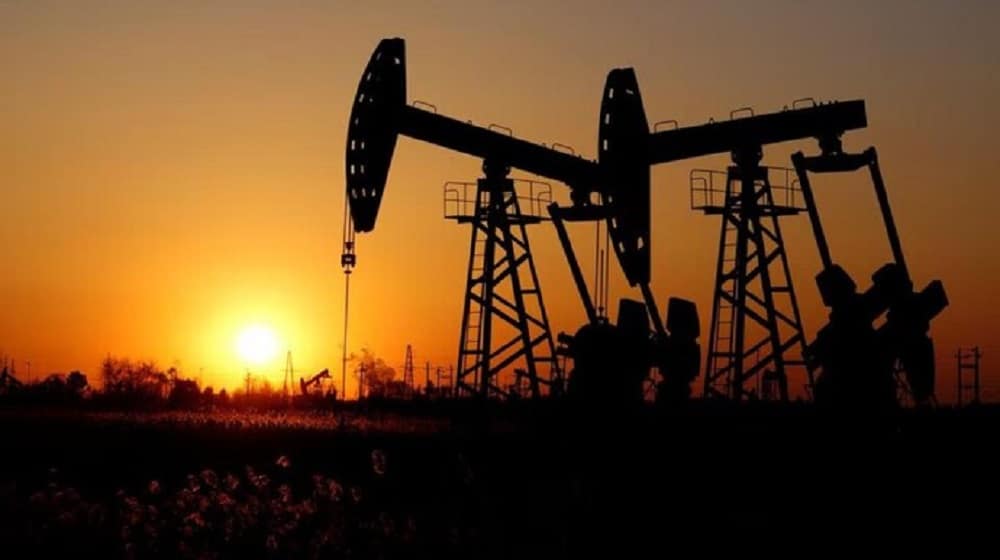Pakistan has reported its lowest oil and gas output in over two decades. Data from fiscal year 2025 (FY25) reveals a significant double-digit decline in both crude oil and natural gas production.
Industry experts attribute the downturn to structural inefficiencies, regulatory challenges, and an oversupply of imported regasified liquefied natural gas (RLNG), which has displaced local production.
According to a report by Topline Securities, Pakistan’s hydrocarbon production saw a sharp decline in FY25. Crude oil output dropped by 12% year-on-year (YoY), while natural gas production fell by 8% YoY. The decline was even more pronounced in the final quarter, with oil production decreasing by 8% quarter-on-quarter (QoQ) and 15% YoY, and gas production contracting by 7% QoQ and 10% YoY.
The oversupply of RLNG played a significant role in this decline. A policy shift redirected industrial users from natural gas to the national power grid, while the government imposed an “off-grid levy” of Rs791 per million British thermal units (mmbtu) on captive gas consumption, raising the total cost to Rs4,291/mmbtu.
This made gas-based electricity generation more expensive than grid power, discouraging industrial gas use and reducing demand for domestic production.
Oil production averaged 62,400 barrels per day (bpd) in FY25, with major fields experiencing declines ranging from 3% to 46%. The Tal Block, which contributes around 17% of Pakistan’s total oil output, recorded a steep 22% YoY decline in the fourth quarter. Within the block, production from the Maramzai and Mardankhel fields plummeted by 54% and 52% YoY, respectively.
Natural gas production also faced significant challenges, averaging 2,886 million cubic feet per day (mmcfd) in FY25. Major fields like Qadirpur and Nashpa saw sharp contractions in the fourth quarter, with output falling by 36% and 34% YoY, respectively. Even the Sui field, Pakistan’s largest gas producer, reported consistent declines.
Topline Securities estimates that the increased reliance on imported fuels added over $1.2 billion to Pakistan’s foreign exchange burden in FY25. This reliance not only inflates the import bill but also leaves the country vulnerable to global fuel price volatility and potential supply disruptions.
The outlook for FY26 remains bleak, with oil production projected to hover between 58,000-60,000 bpd and gas output expected to range from 2,750-2,850 mmcfd. Without significant policy changes or new investments in exploration and production (E&P), FY26 could mark the third consecutive year of declining hydrocarbon output.
However, there is a glimmer of hope. The government is set to renegotiate its long-term RLNG supply agreement with Qatar in March 2026. Industry experts believe that more flexible contract terms could create room for domestic E&P companies to increase production, provided they prioritize field maintenance and capital investment. Balancing imported LNG with sustainable local production will be crucial for safeguarding Pakistan’s energy security and stabilizing its foreign exchange reserves.
